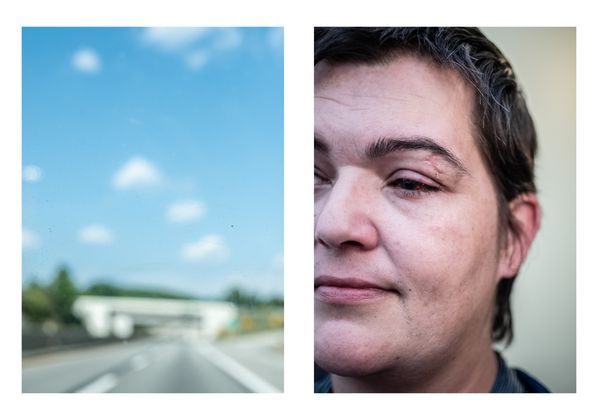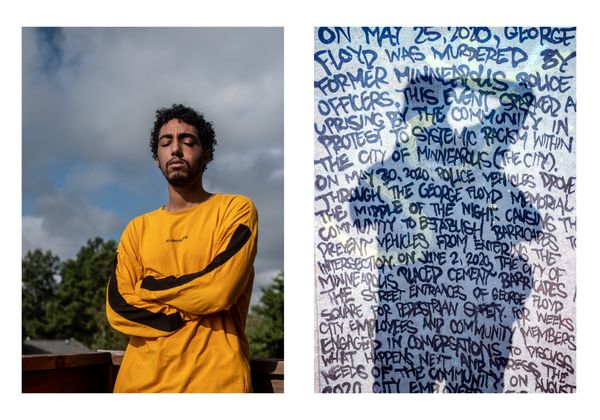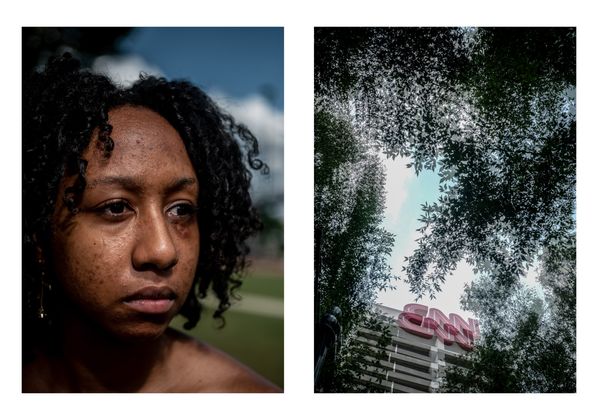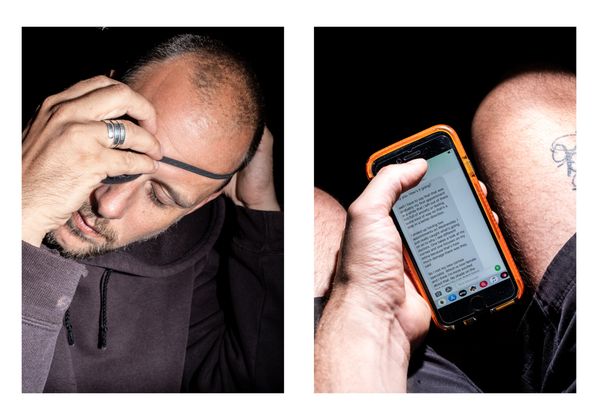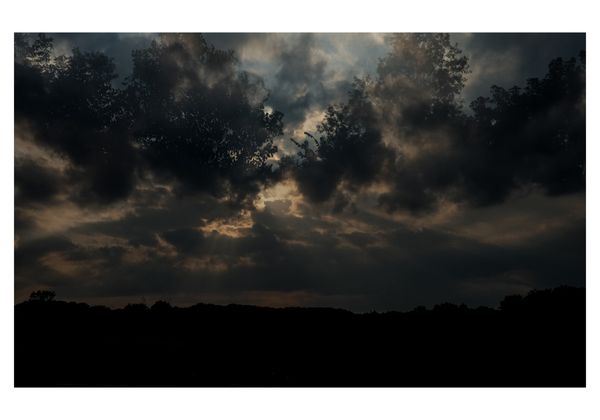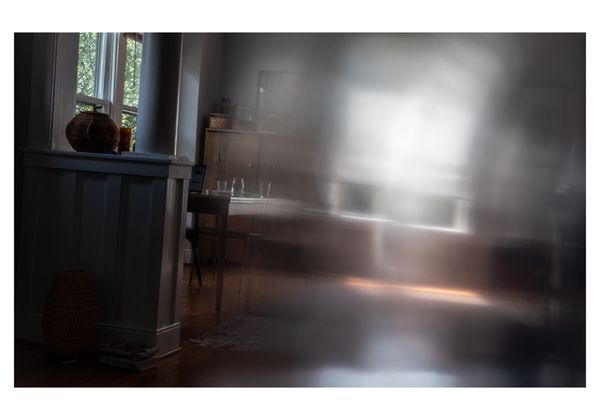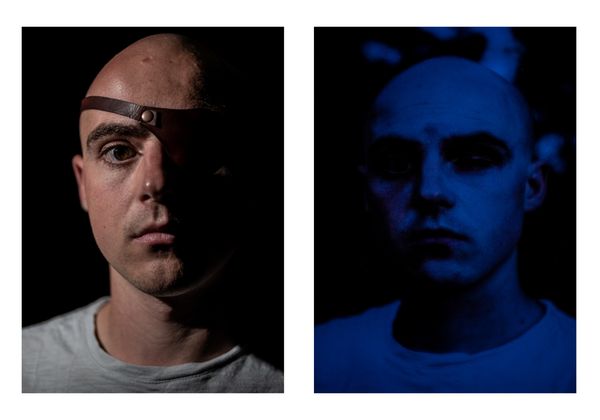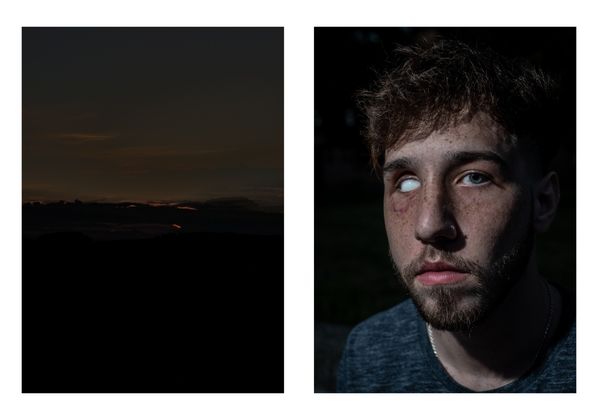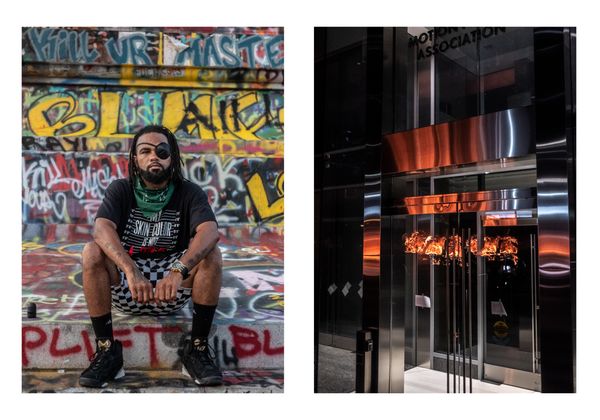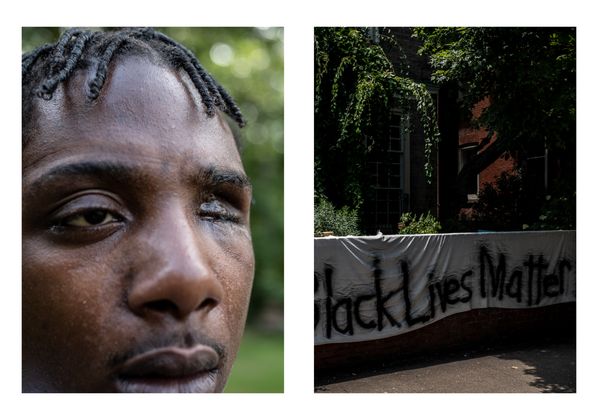Shot in the Eye, Exploring Blinding by Police
-
Dates2020 - Ongoing
-
Author
I remember hearing the shot and turning my head just in time to watch the aluminum tear gas canister slam into my brow and forehead. Like ripples in a puddle the impact rolled through my eye, instantaneously detaching my retina. It was the eye I used to create, to document, to share—a photographer’s eye—but now all I could see through it were dancing shards of light on a background of emptiness. I was near Lafayette Square in Washington, DC, photographing the protests in May that had erupted in the aftermath of the killing of George Floyd. But my mind immediately went to Chile, to the work I had done there a year before, to the dozens of eyes I saw destroyed during protests in that country. In that moment I knew exactly what my injury could mean.
Since Floyd’s death at least 23 people have been blinded or partially blinded by “less lethal” munitions used by the police to disperse protesters. That number continues to grow. While calls for bans on these weapons have led to limited prohibitions of their use, most police departments continue to see “less lethal” weapons as legitimate tools for crowd control.
As part of my own recovery I’ve been meeting, interviewing, and photographing the dozens of others—many of them fellow photographers—who’ve unwillingly joined what we’ve taken to calling the Shot in the Eye Club. I’ve been trying to use photography to explore what “less lethal” really means and to re-create the way our vision has changed—both figuratively and literally.


